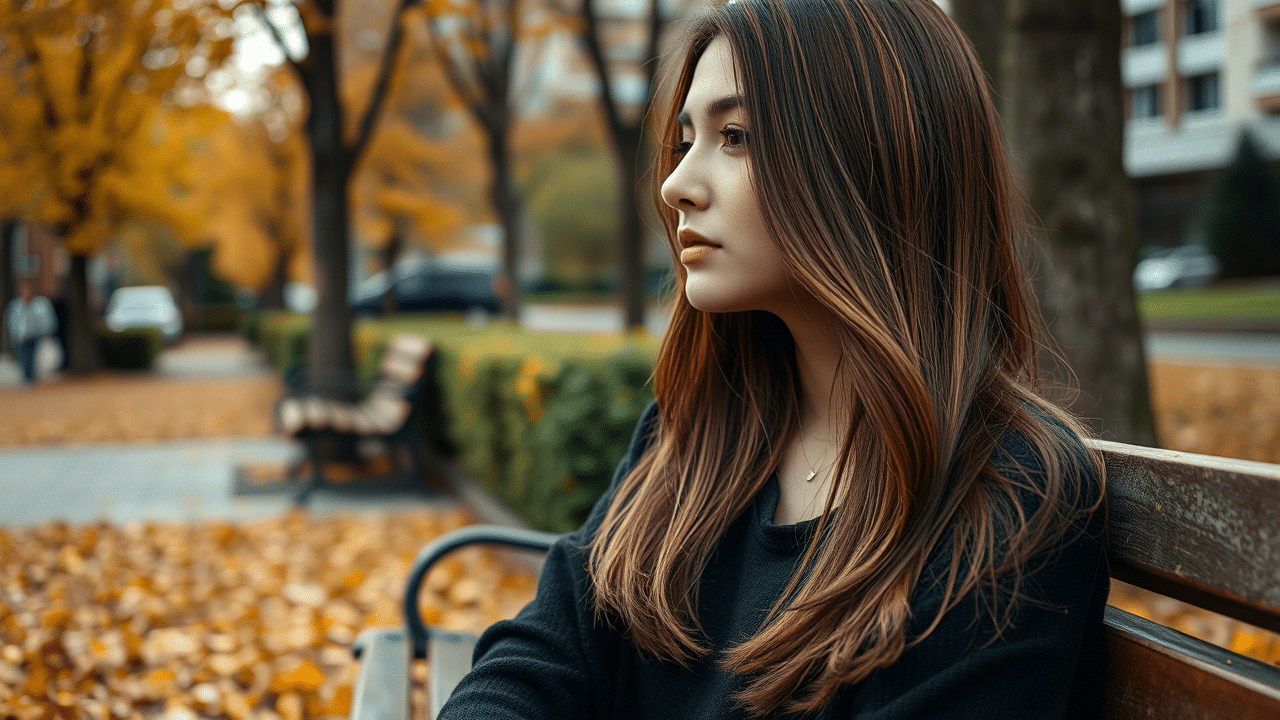Let’s face it—straight hair can sometimes fall flat (pun absolutely intended). As someone who’s battled with limp, lifeless locks for years, I know the struggle is real. But here’s the good news: strategic layering can transform even the most stubborn straight strands into a bouncy, voluminous masterpiece.
I’ve seen it happen. Heck, I’ve lived it.
Long layers are the unsung heroes of the hair world. They remove weight without sacrificing length, create movement where there was none, and breathe new life into hair that’s been laying there like it’s given up on life. Dramatic? Maybe. True? Absolutely.
1. Classic Long Layers
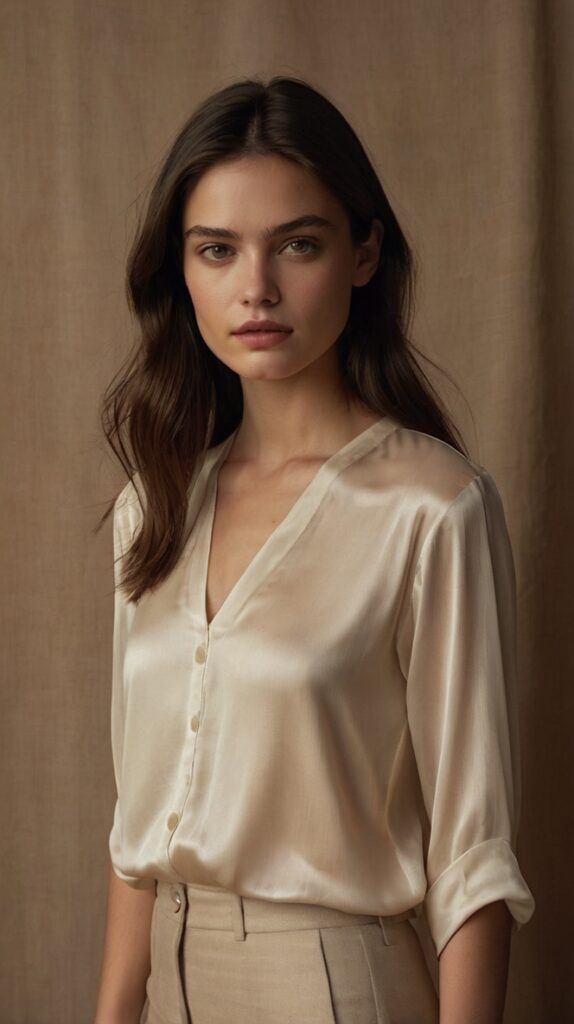
The OG of layered cuts deserves its top spot. Classic long layers start around the collarbone and cascade downward, creating subtle dimension that makes straight hair look instantly thicker.
What makes this cut so magical is how it frames your face without being too obvious about it. The longest pieces maintain that coveted length while shorter sections create the illusion of fullness. I get this cut every time I’m feeling like my hair needs a reset, and it never dissapoints.
2. Face-Framing Curtain Layers
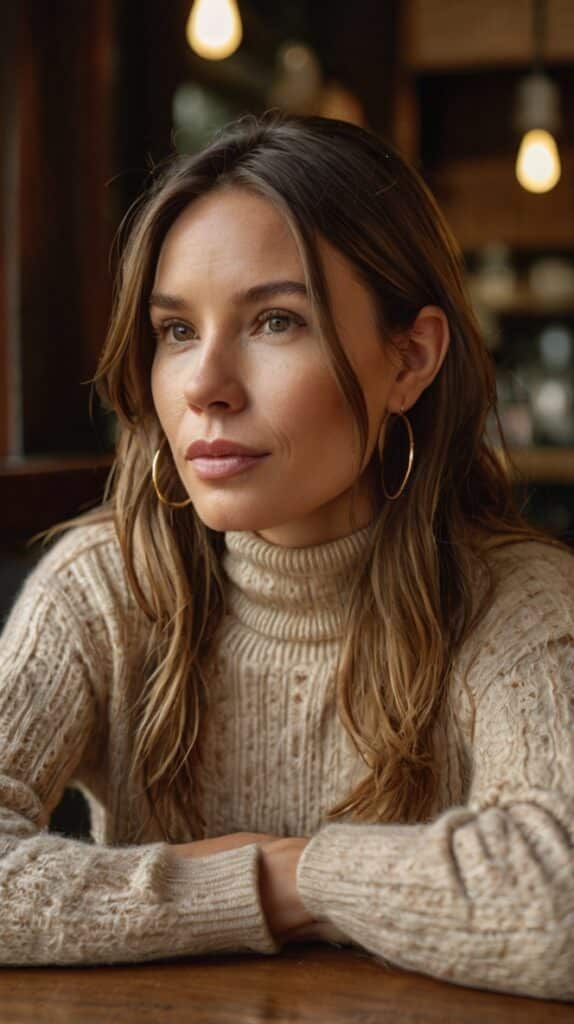
Curtain layers are having a moment, and for good reason. These face-framing pieces start around the cheekbones or chin and blend seamlessly into longer lengths.
The beauty of curtain layers is how they highlight your best features. They draw attention to your eyes, define your cheekbones, and soften angular faces. Plus, they’re incredibly versatile—sweep them back for a sleek look or let them fall forward for a softer vibe. I swear these layers make me look like I’ve had a mini facelift without the needles or bills!
3. Invisible Layers
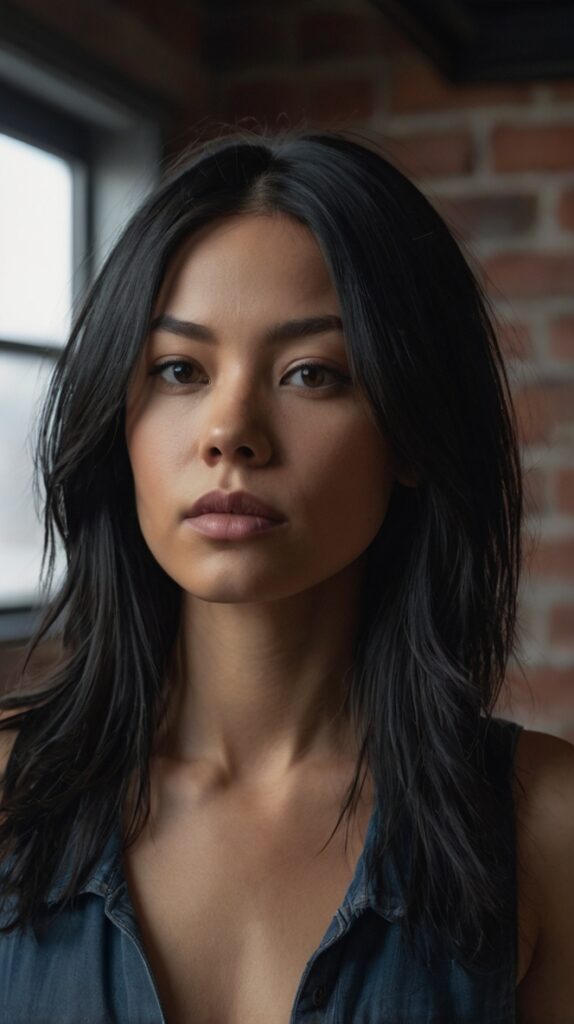
Don’t let the name fool you—these layers make a visible impact. Invisible layering is a technique where the stylist creates super subtle, barely-there layers throughout the hair.
The genius thing is how these layers add movement without looking “layered” at all. When your hair moves, it has this incredible lightness and body that seems to come out of nowhere. It’s perfect for those who are afraid of layers but desperate for volume. I was skeptical at first, not gonna lie, but they changed my straight-hair game.
4. The Shag-Inspired Long Layer

The modern shag has evolved from its 70s roots into something sophisticated yet effortlessly cool. These layers start higher up—around the crown—and gradually get longer toward the ends.
What’s great about shag-inspired layers is how they instantly add texture to straight hair. The varied lengths create natural volume at the roots and through the mid-lengths. Even on days when I can’t be bothered to style my hair properly, these layers give me that “I woke up like this” texture that’s actually intentional lookin.
5. Long Layers with Wispy Ends
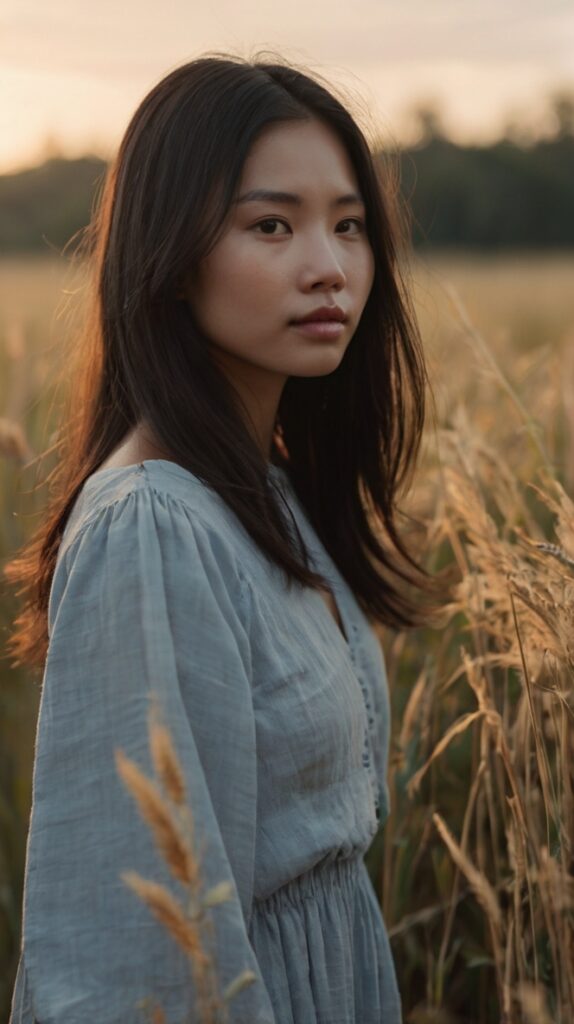
There’s something magical about long layers that taper into wispy, feathery ends. This technique removes bulk from the bottom of your hair without creating a blunt line.
The effect is hair that moves beautifully and has a certain lightness to it. It’s especially flattering if your straight hair tends to look heavy or weighed down at the ends. These wispy bits make your whole head of hair look more alive, even when you’re just standing still. They’re like the fairy dust of haircuts, I’m tellin ya.
6. Butterfly Layers
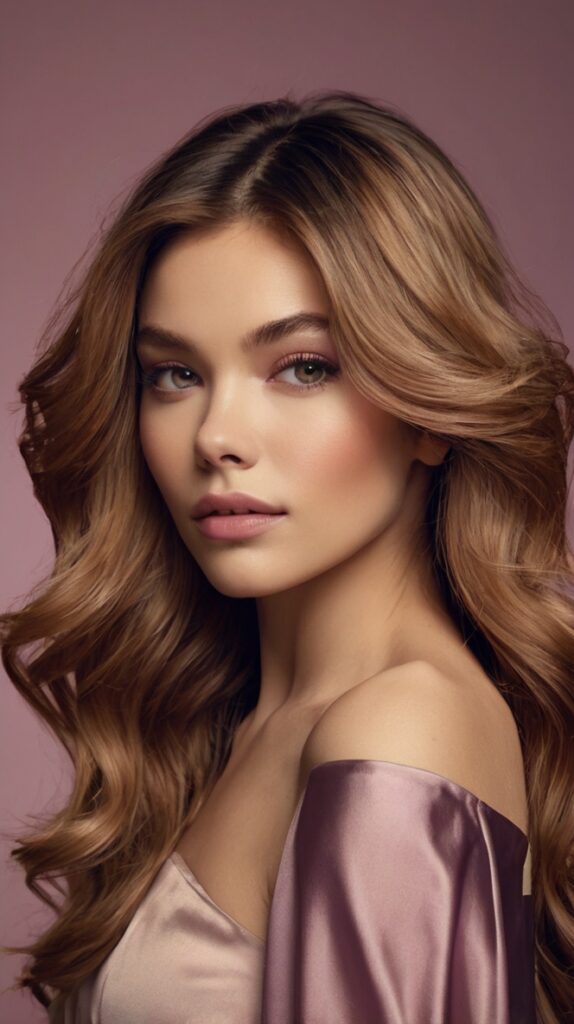
Butterfly layers are the newest trend taking TikTok by storm, and they’re especially amazing for straight hair. They feature shorter layers around the crown that “wing out” like a butterfly, with longer lengths below.
The shape creates instant volume at the top while maintaining that coveted length. When you move your head, the layers create a gorgeous fluttery effect that’s mesmerizing. My stylist introduced me to these last year and I’m still getting complements from strangers—no joke!
7. The 90s-Inspired Rachel Cut (But Make It 2025)

Yes, “The Rachel” is back, but with a modern twist. Today’s version features longer, more blended layers that start around the jawline and continue downward.
This updated classic creates gorgeous movement around the face while maintaining length. The layers are choppier than the original 90s version, giving straight hair some much-needed texture and body. I tried this after seeing it all over my Instagram feed, and even my husband noticed my hair looked “bouncier or something” (high praise from someone who never notices these things).
8. Long Layers with Curtain Bangs

Curtain bangs and long layers are a match made in hair heaven. The bangs frame the face while the layers create movement throughout the lengths.
This combination gives straight hair dimension from root to tip. The curtain bangs can be as subtle or dramatic as you like, while the layers throughout ensure your hair doesn’t fall flat. I was terrified of bangs for years, but these changed my mind completely cuz they grow out so nicely with the rest of the layers.
9. U-Shaped Layers
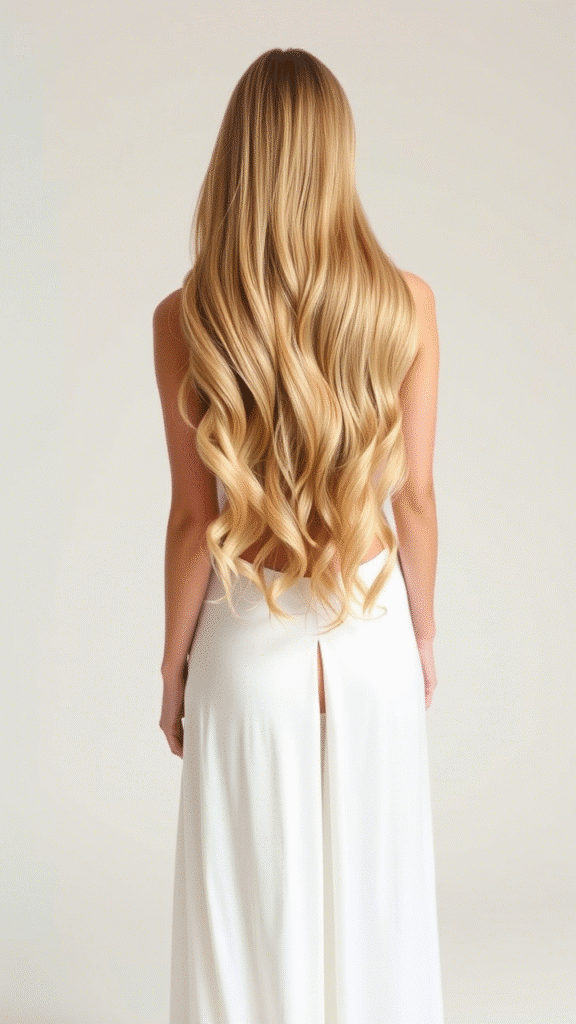
U-shaped layers follow the natural curve of your head, creating a beautiful, rounded shape when viewed from behind. The layers are slightly shorter on the sides and longer in the back.
This shape is incredibly flattering for straight hair because it creates the illusion of fullness throughout. The subtle curve prevents that dreaded “V” shape that can happen with straight hair that’s all one length. Honestly, this cut made my ponytail look twice as thick—its like magic.
10. Internal Layers

Internal layers are cut into the underlayers of your hair rather than on the surface. A skilled stylist will remove weight from underneath while leaving the top layers longer.
The result is hair that has incredible movement and volume without looking obviously layered. It’s perfect for those who want the benefits of layers without the obvious look of them. When I got these, my hair suddenly had this swishy quality to it that made me feel like I was in a shampoo commercial everytime I turned my head.
11. Long Layers with Point Cutting

Point cutting is a technique where the stylist cuts into the ends of the hair at an angle rather than straight across. When combined with long layers, the result is soft, textured ends that move beautifully.
This technique is especially effective for straight hair because it removes the weight that can make ends look blunt and heavy. The textured ends give straight hair a piece-y, lived-in quality that’s impossible to achieve with a blunt cut. My hair dresser started doing this on my ends a few years back and I never let her stop—game changer!
12. Cascade Layers

Cascade layers create a waterfall effect, with each layer slightly shorter than the one below it. The layers begin around the shoulders and continue down to the ends.
The cascading effect gives straight hair gorgeous movement and dimension. When you turn your head, the layers fall and move in a way that’s almost hypnotic. I love how these layers catch the light differently throughout the day, making my one-dimensional hair color suddenly look multi-tonal.
13. Long Layers with Disconnection
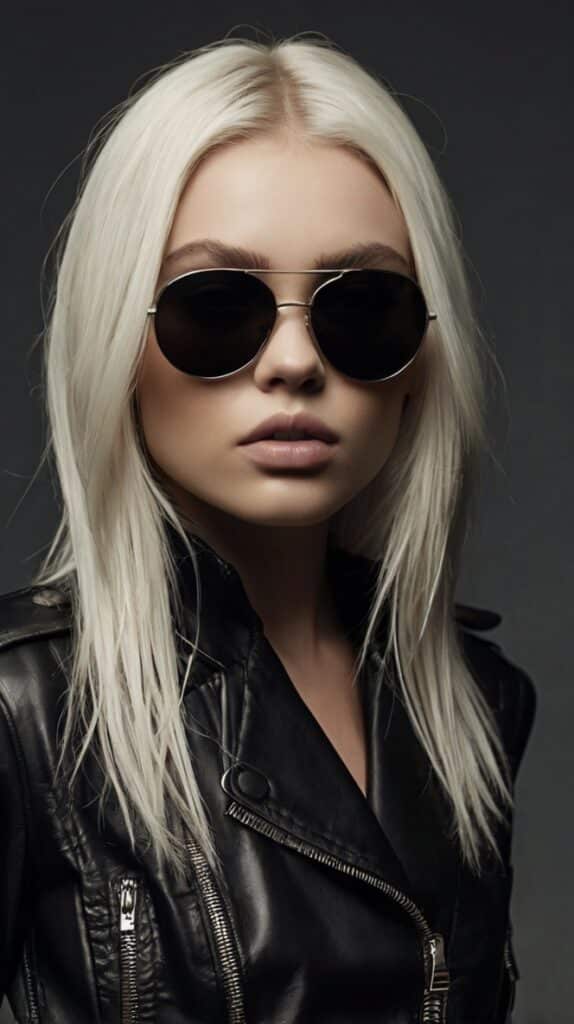
Disconnected layers feature sections that aren’t blended completely together, creating deliberate separation between different lengths. It’s a more dramatic approach to layering that adds incredible texture to straight hair.
The disconnection creates natural volume and movement that’s impossible to achieve with connected layers. While it sounds extreme, in the hands of a skilled stylist, the result is edgy yet sophisticated. I was nervous about trying this at first, but it turned out to be one of my favorite cuts ever—my straight hair finally had personality!
14. Rounded Layers
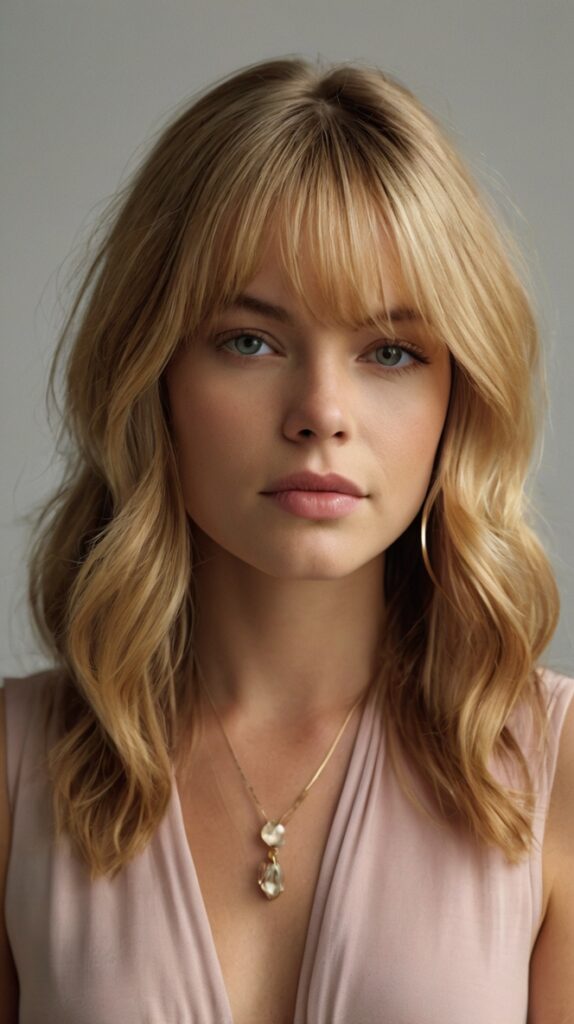
Rounded layers follow the curve of your head, creating a soft, rounded shape rather than a sharp or angular one. The layers are cut to encourage hair to curve under slightly at the ends.
This shape is particularly flattering for straight hair because it creates the illusion of fullness and body. The rounded edges give hair a polished look that still moves naturally. I get these when I want a more polished, put-together vibe without looking too “done.”
15. Long Layers with Razor Cutting

Razor cutting creates soft, wispy ends that are perfect for adding texture to straight hair. When combined with long layers, the result is hair that moves beautifully and has natural-looking texture.
The razor removes bulk and creates feathery ends that give straight hair a piece-y, lived-in quality. It’s perfect for those who want their straight hair to look more effortless and less precise. My hairdresser switched to razor cutting my layers last year and my hair has never moved so naturally—its honestly been life changing.
16. Concave Layers

Concave layers are shorter in the back and gradually get longer toward the front. This creates a subtle forward momentum that’s incredibly flattering.
The concave shape gives straight hair direction and movement. When you turn your head, the layers swing forward beautifully, creating the illusion of fullness. I love how these layers make my hair look so dynamic even when I’m just sitting still at my desk all day.
17. Long Layers with Choppy Ends
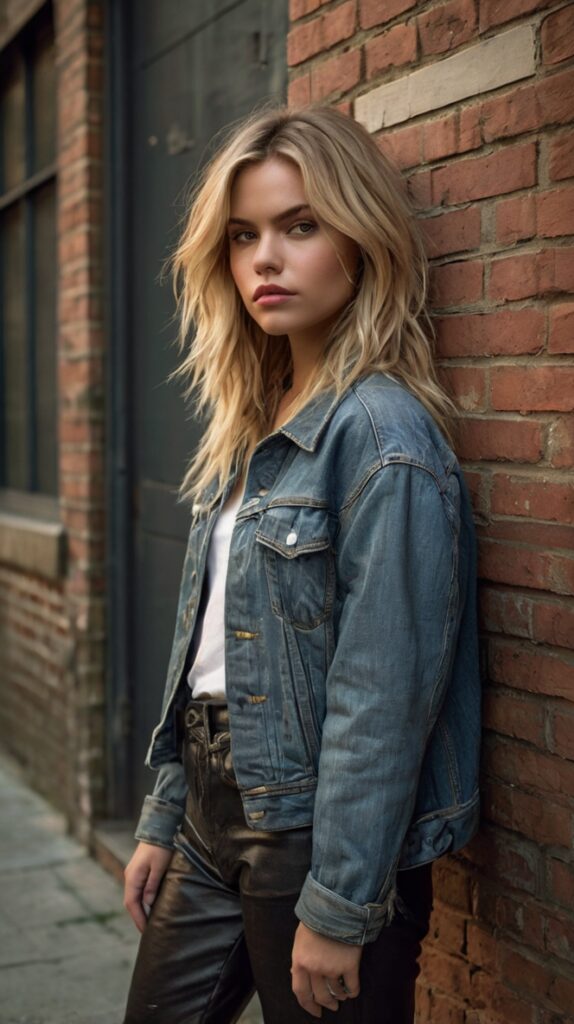
Choppy ends add texture and dimension to straight hair that can otherwise look flat. These deliberate, uneven ends create movement and visual interest.
The choppy technique removes weight from the ends without creating a blunt line. The result is hair that moves beautifully and has a certain effortless quality to it. I get these when I want my hair to look like I just stepped off a beach in California—even tho I live in Ohio and haven’t seen the ocean in years.
18. Asymmetrical Long Layers
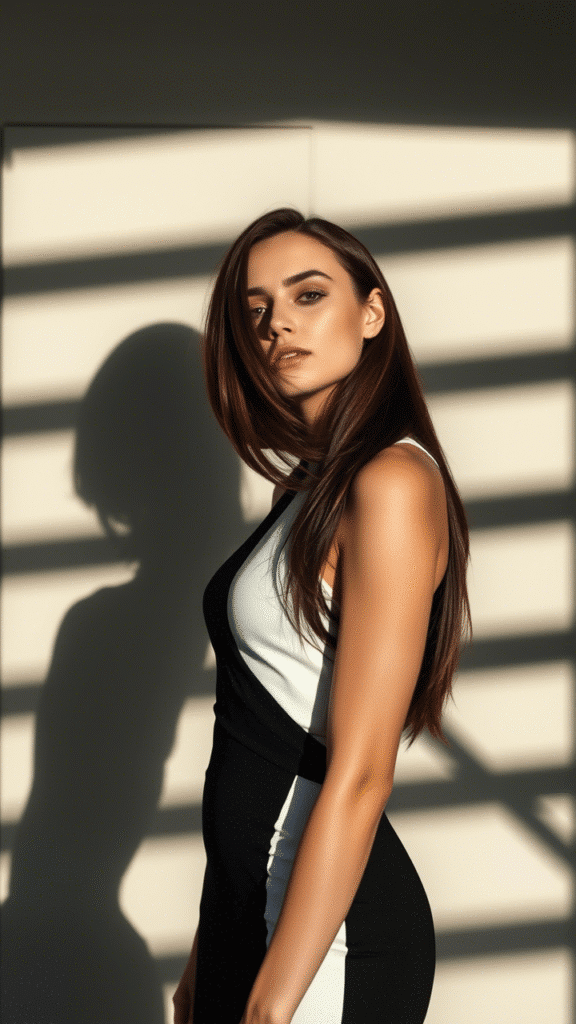
Asymmetrical layers feature different lengths on each side of the head. They can be subtle or dramatic, depending on your preference.
The asymmetry creates visual interest and movement that’s impossible to achieve with symmetrical layers. It’s perfect for those who want something a little different without sacrificing length. I tried these after years of the same old cut, and they completely refreshed my look without having to loose any length!
19. Long Layers with Undercut

An undercut combined with long layers creates an interesting contrast between the closely-cropped underlayers and the longer top layers. It’s a bold choice that’s surprisingly versatile.
The undercut removes bulk from thick straight hair while the long layers on top maintain length and create movement. When you put your hair up, you reveal the undercut; when you wear it down, it’s your secret. I got an undercut during that heatwave last summer, and it was the best decision I’ve ever made—my neck stays cool but I still have all my length!
20. Waterfall Layers with Money Piece
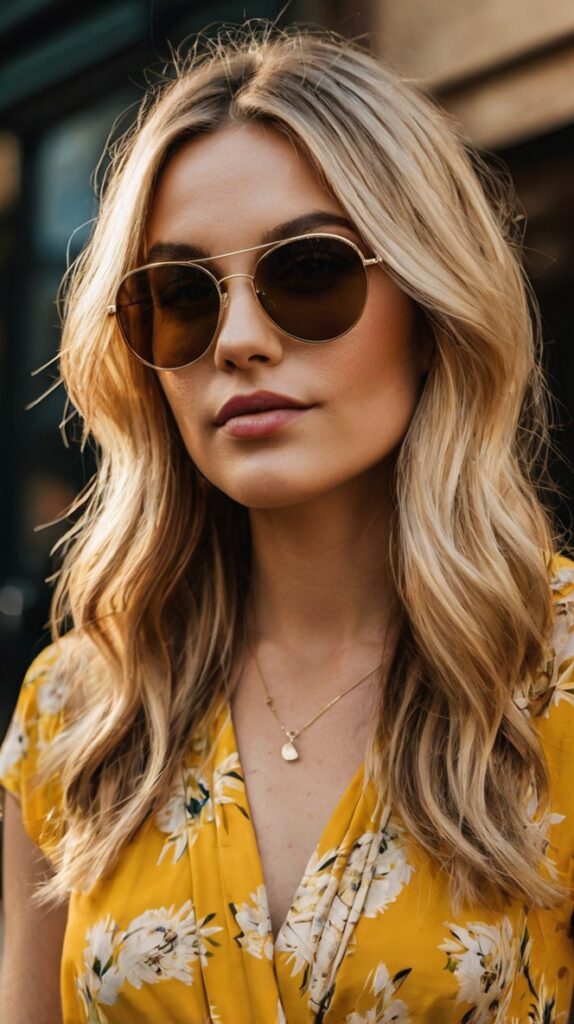
Waterfall layers combined with a highlighted “money piece” (face-framing highlight) create dimension in both cut and color. The layers cascade down while the lighter pieces around the face add brightness.
This combination gives straight hair incredible dimension and movement. The money piece draws attention to the face, while the waterfall layers create movement throughout. It’s like getting two services in one, with double the impact. I splurged on this combo for my birthday last year and the compliments haven’t stopped coming—worth every penny!
Straight hair doesn’t have to be boring or flat. With the right layers, it can be just as dynamic and full of life as any other hair type. The key is finding the layering technique that works for your hair’s thickness, your face shape, and your lifestyle.
Remember—great hair isn’t just about the cut. Regular trims (every 8-12 weeks), quality products designed for your hair type, and proper heat protection will keep those layers looking their best. And don’t forget, sometimes the best thing you can do for your straight hair is embrace its natural texture rather than fighting against it.
So next time you’re sitting in the stylist’s chair feeling uninspired by your straight strands, ask about one of these layering techniques. Your hair—and your confidence—will thank you.

Sandra is an experienced blogger and the voice behind many engaging stories on Curl Moods. With a passion for lifestyle, wellness, and authentic storytelling, she brings warmth and insight to every post. Her writing reflects a deep understanding of her readers’ moods and moments.
